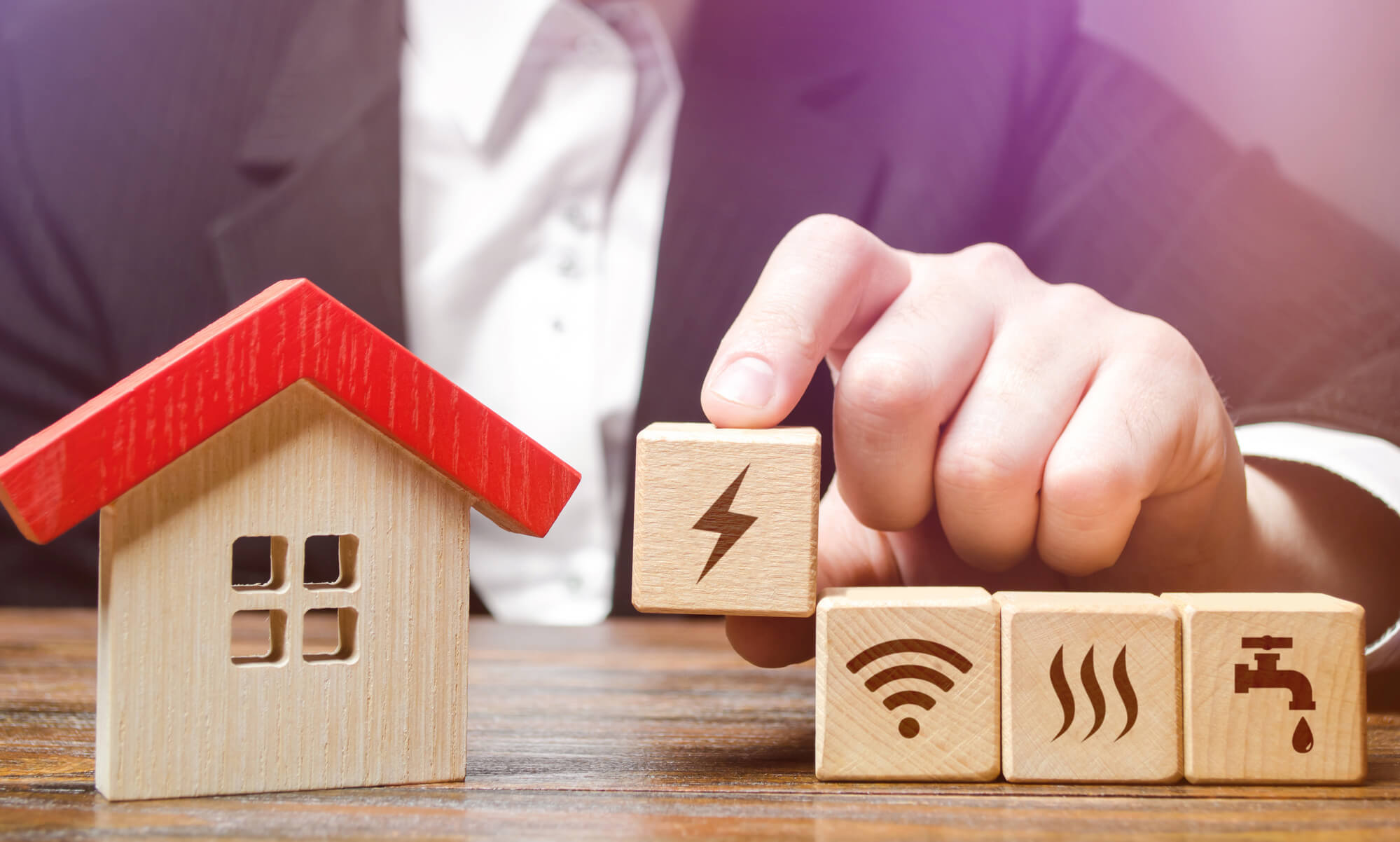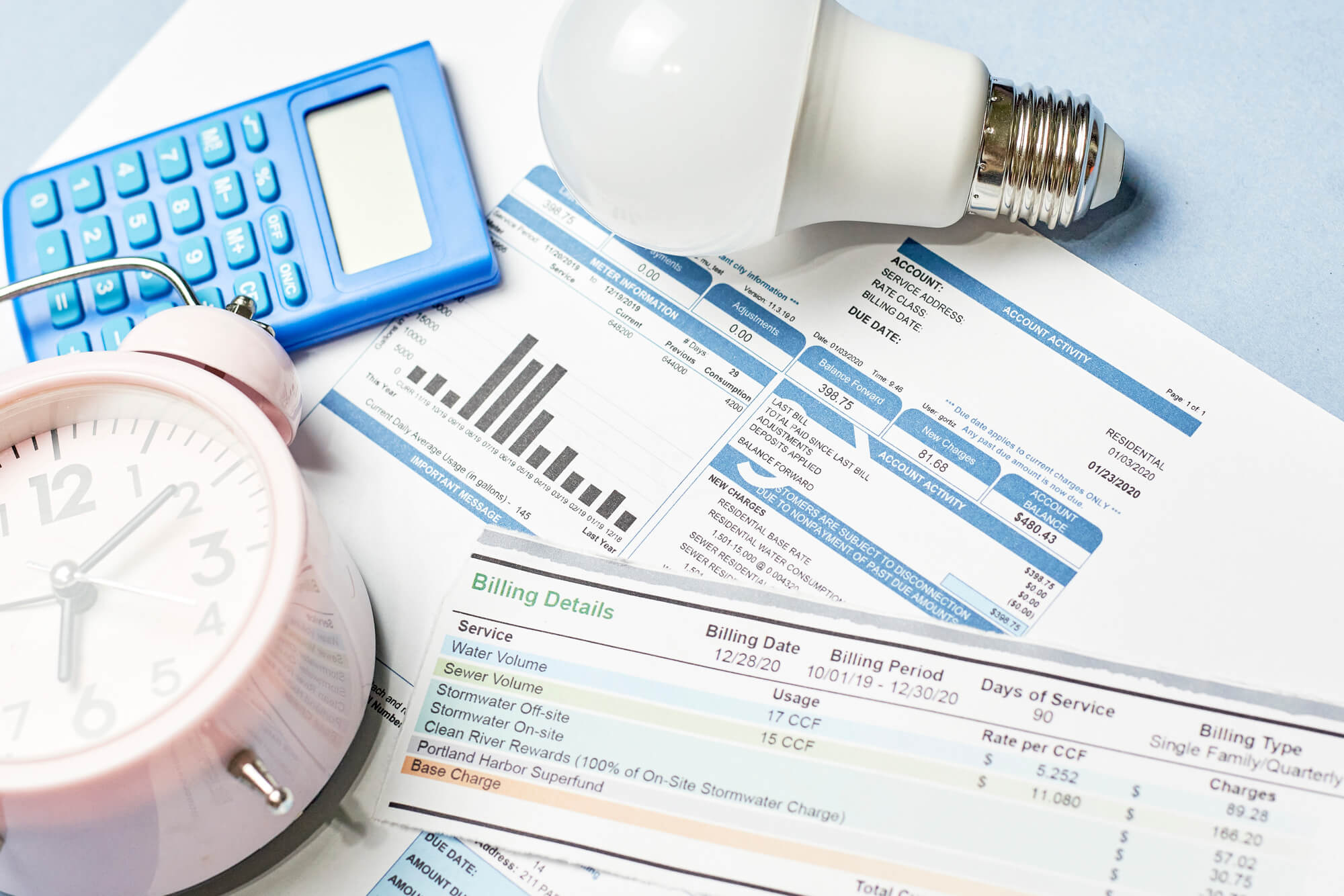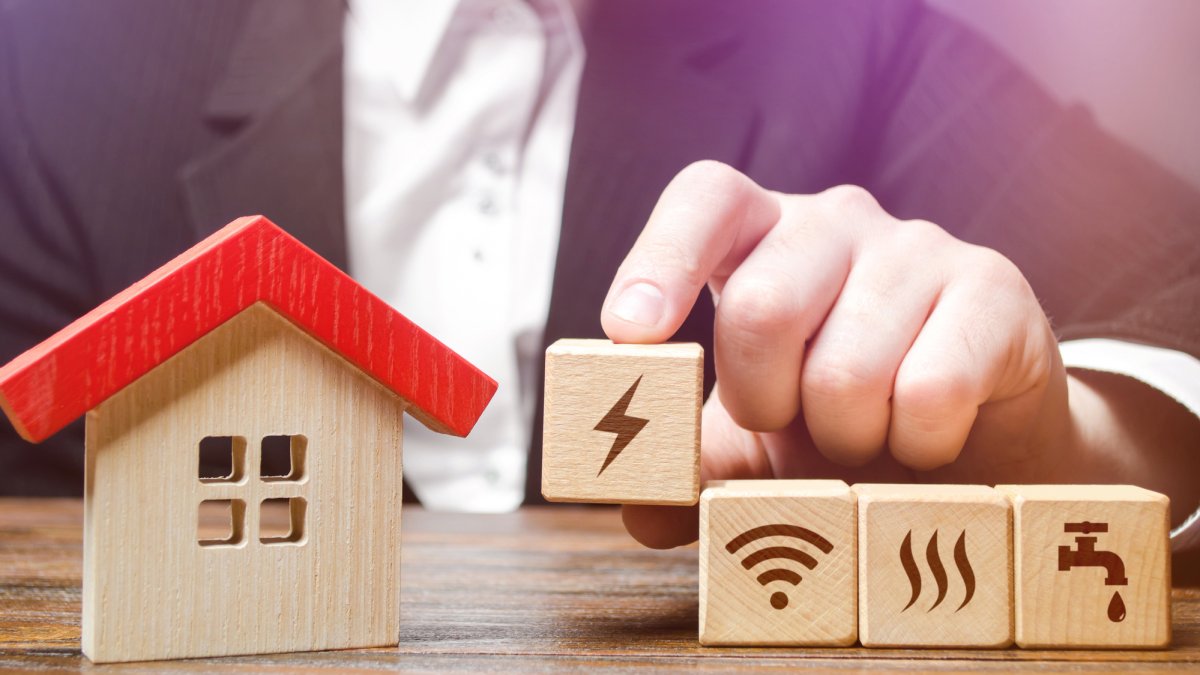
Moving into a new home can be a whirlwind of emotions and responsibilities. Amid the hustle and bustle, you might overlook one critical task—setting up essential utilities like electricity, gas, and water services.
With moving boxes scattered around, the last thing you’d want is to be caught off-guard without access to a hot shower, a warm meal, or even light. But don’t worry; this seemingly intimidating process can be easy if you know what steps to follow.
Delve into this comprehensive guide to make your move as smooth as possible and ensure your new place is ready for occupation from day one.
If you only have one in the works, consider making moving easy by hiring expert movers. The pros can make your move more efficient, helping you save time and get to enjoy your new place much sooner than you think.
In the meantime, here are the steps you should take:
1. Assess Your New Home’s Utility Needs
Before anything else, you need to get a clear picture of the utilities your new home needs.
Does your home primarily run on gas or electricity? Are you considering alternative energy sources like solar panels or geothermal systems?
When it comes to water, do you have a private water source (e.g., a well)? Or do you plan to connect to a public water system in case you don’t have one?
Knowing your home’s utility needs will help you plan accordingly and prevent unwanted surprises.
Furthermore, don’t hesitate to ask your landlord or realtor. They should be able to provide all the information you need on the utilities you can access readily.
2. Research Local Utility Companies
Once you’ve identified your new home’s utility needs, you can start looking for local providers. With multiple options available, making an informed decision is crucial.
That said, here are some essential factors you should consider:
- Service availability
- Pricing structures and rates (e.g., flat rates or time-of-use rates)
- Customer service quality
- Setup or transfer fees
- Reliability and outages
- Energy efficiency (e.g., solar panels)
Remember, the cheapest option might seem appealing but isn’t always the best. Consider all factors above before making a decision to avoid headaches down the line.
3. Contact Your Current Providers
Reach out to your existing utility providers and inform them about your upcoming move. Then, find out if they offer services in your new location.
If they do, they may transfer your account, thus saving you the trouble of starting from scratch. But if they don’t, you’ll need to make arrangements to terminate your current account and settle any final billing.
4. Schedule Utility Start Dates
Proper timing is essential when setting up utilities in your new home.
Ideally, they should be up and running at least a day or two before you move in. This way, you can be sure you won’t stumble around in the dark, be left unable to cook a meal, or settle for a cold shower after a long day of moving.
5. Sign Up With New Providers

Once you’ve arranged the start dates for your utilities, you can then reach out to your new providers. They will need your basic information, such as your name, new address, and desired start date.
Keep in mind that some providers might require a deposit or a credit check. Make sure to double-check and confirm all the details, especially the activation dates, to avoid unnecessary confusion.
6. Be Present During Meter Readings
If possible, make sure you’re present during the initial meter reading at your new home. This way, you can be sure you’re only paying for the utilities you use. It also helps you keep track of your usage from the start.
Furthermore, don’t forget to document all the readings you witness for proper check-and-balance in case there are some discrepancies in your upcoming bills.
7. Register For Online Billing And Autopay
To keep everything simple and stress-free, consider signing up for online billing and autopay. This not only reduces paper waste but also saves you the trouble of keeping track of physical bills and due dates.
However, keep an eye on your bill each month for any discrepancies or sudden changes in usage that don’t make sense.
8. Plan For Utility Maintenance
Last but not least, don’t forget about maintenance. Make sure you know where your new home’s electrical panel, gas shutoff valve, and main water line are, and learn how to operate them. This could be vital in an emergency, and it’ll also help you maintain these systems to prevent potential issues from arising.
Start On The Right Foot
Setting up utilities for your new home may seem daunting, especially for newbies. But with careful planning and organization, it can be straightforward and stress-free.
With this guide, you can ensure your new home is not only functional but also comfortable from the very first day you move in. A warm, well-lit, welcoming home awaits you!
Thomas Bennett
Related posts
Stay connected
- How LoveOn Chat Is Becoming the Most Versatile AI Companion for Digital UsersThe internet keeps shifting toward hyper-personal interaction, and AI companions are at the center of this shift. What used to be simple chatbots are now evolving into emotionally aware, adaptive, and multi-functional digital partners. Among the new generation of platforms, LoveOn Chat is becoming one... The post How LoveOn Chat Is Becoming the Most Versatile […]

